After we returned to the Jump Street Chalets from our mokoro trip, we had time for a hot shower and a bite of lunch before loading back into the landcruiser with Frank, our driver and guide for the next six days. A little way out of town we picked up our cook, Degree (accent on ‘gree’ and roll the ‘r’) and Titi, our camp assistant, along with a trailer full of camping gear. The trip to the Moremi Game Reserve takes a little less than two hours. On the way, we started seeing elephants along the side of the road and we even got our first brief sighting of a leopard heading off down a side trail.
We arrived at our campsite in the late afternoon and while Degree and Titi set up camp, Frank took us on our first safari drive to look for more wildlife.
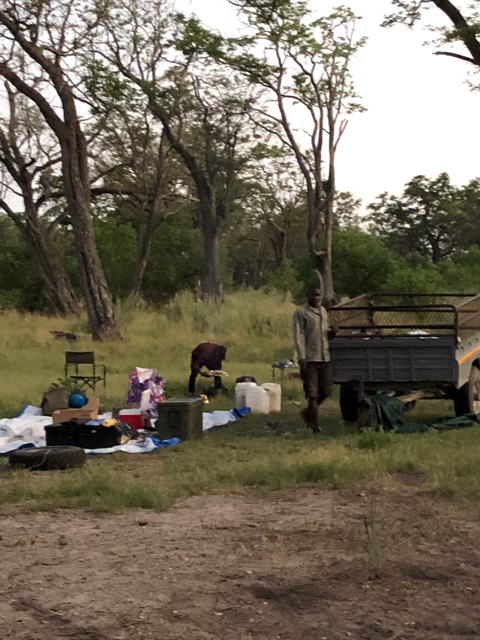
At 7:00pm it gets dark and that is the curfew when everyone is supposed to be back in their camp for the night. Most nights we stayed out a little late watching the wildlife and had to hightail it through the bush to get back before the rangers caught us. Good thing Frank knew every trail and shortcut in that area.
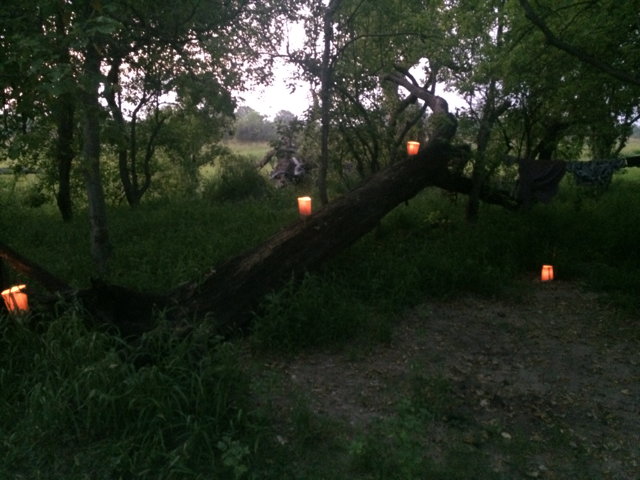
When we returned to our camp we were delighted to see that Titi and Degree had lit the area with candelaria and they had a delicious dinner waiting for us.

In the morning, we got a better view of the camp while Degree toasted his homemade bread over the campfire for breakfast.
We had a spacious cabin tent with cots and mattresses, a little patio, and our own toilet/shower facilities out the back door.
This was our daily routine for the next six days:
Rise early for a quick breakfast.
Load into the landcruiser and go on a morning safari while it is cool and the animals are on the move.
Stop for a morning coffee break.
Look for more animals.
Back to camp for lunch and siesta during the hot, muggy afternoon.
Take a refreshing cool shower and have afternoon tea.
Back in the landcruiser for an evening safari. See more animals.
Race back to camp before (or slightly after) curfew.
Eat a delicious dinner by lamplight and enjoy the campfire.
Sleep.
Wake up in the middle of the night to listen to the mysterious, and sometimes alarming, night noises and gaze at the amazing night sky so far removed from city lights.
Frank turned out to be an outstanding guide. An expert birder and tracker, he knew all the best watering holes and could follow faint tracks in the dust of the rough trails. He frequently pointed out things we would have totally missed --

a fish eagle sitting still in a tree,
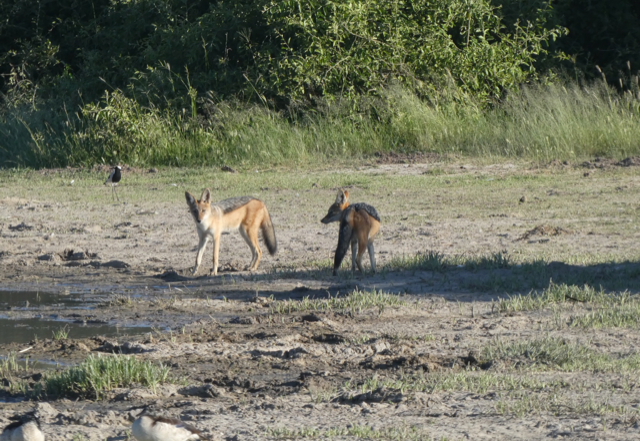
jackals hunting and playing by a watering hole,

and a pair of dung beetles rolling a big ball of elephant dung by the side of the road.
With Frank's guidance, we gradually became sensitized to the rhythms and interactions of the rich and diverse life around us. We were fortunate to see a large variety of animals and spend time watching them go about their animal business in their natural habitat -- so different from visiting a zoo.
The baby elephants were adorable.
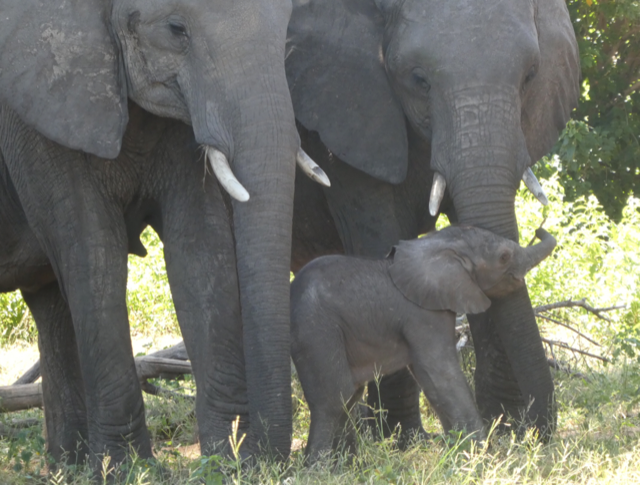
It was great fun watching the elephants playing and wrassling in the water.

Here is Frank explaining the anatomy of an elephant’s skull to us.
Most of the animals paid very little attention to us, but the giraffes were curious.
We were particularly fortunate in that we had almost daily sightings of leopards. Frank explained that this is very unusual because they are solitary creatures who hunt alone, primarily at night, and hide in shady spots during the day, camouflaged by their spots. Apparently, we were lucky to see even one leopard, much less to have several different sightings. We became known as the “leopard spotters’ and made up a tongue twister about it:
How many spotted leopards could a spotted leopard spotter spot if a spotted leopard spotter could spot spotted leopards? Etc...
This was a particularly magnificent pose that one leopard did for us.
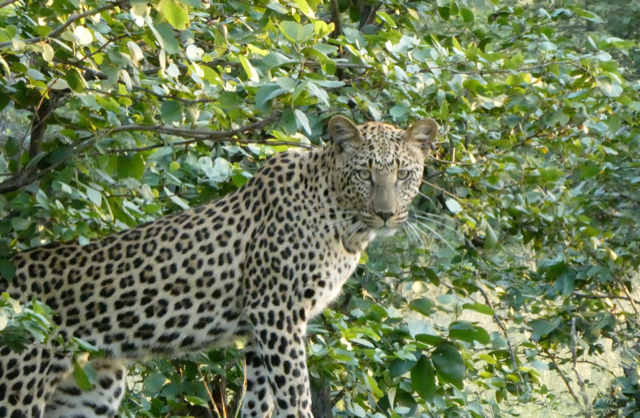
We even had the extreme bit of good fortune to see a mother leopard with two cubs one evening. It was getting near to curfew time but Frank and Patricia, who had joined us that day and is another good tracker, noticed feline paw prints in the dusty road we were following. As we came around a curve, there they were several yards in front of us. The cubs ran off into the bush but the mama just laid down in the road right there in our path. Frank stopped and turned off the engine. We heard her quietly calling to her cubs and Frank thought she was actually teaching them that these safari vehicles are not a danger. Eventually, the cubs emerged and nuzzled with her before they all took off again.


We spotted this little guy again a couple of times before they disappeared down a trail through the bush.
By this time it was nearly 7:00pm and we had to speed our way back to camp as it started getting dark quite quickly.
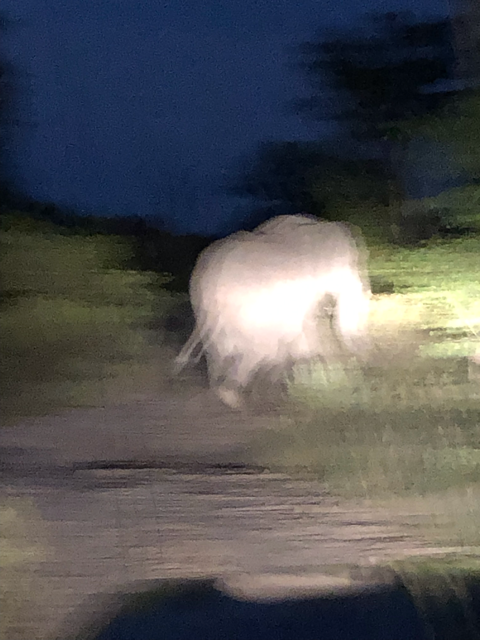
Immediately after we stopped recording that video, we rounded a curve and caught a baby elephant in our headlights. The mama trumpeted at us from behind a bush, a VERY CLOSE bush, scaring the bejesus out of us,
Frank gunned it and we made it safely back to camp.

For our last two days in the bush, we moved to the Savuti Game Reserve via a very long, rutted, rough, almost deserted “highway”.

We had been having trouble with a slow leak in one of the tires and at one point, Frank had to stop and pump it up again. Thank goodness he was prepared for most any emergency.
In Savuti, Frank was determined to find us some lions, which we had not yet seen. He was outstandingly successful. There is a resident pride there headed by three brothers who grew up together. Usually a pride has only one male with several females but this situation is unique. On our first morning, we found the three magnificent males walking down a trail towards us. However, they were spread out and only two got into this picture.
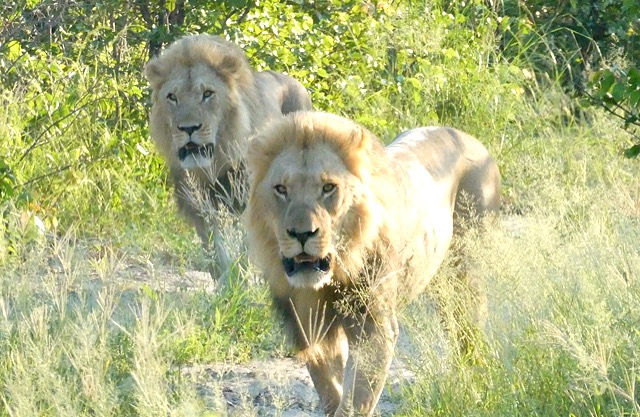
Frank warned us that, as long as we stayed within the confines of the vehicle and didn’t make any sudden noises or threatening movements, we would be absolutely safe. He was right. Those lions completely ignored us and our vehicle. We weren’t a threat and we weren’t prey, so they had no use for us.
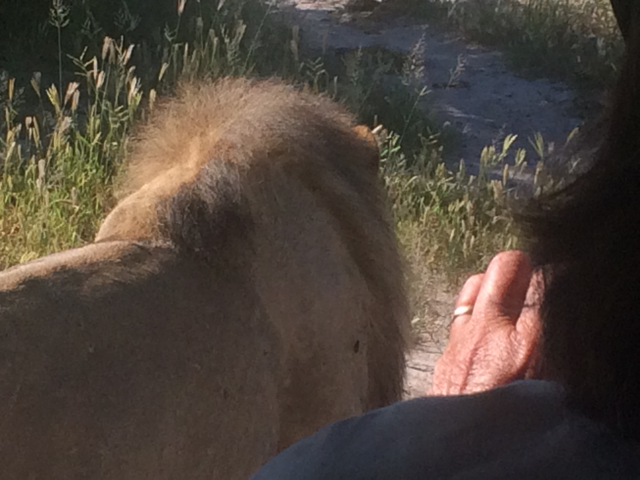
We were able to take photos at a very close range -- unbelievably close. One walked within two feet of me -- I could have reached out to pet his back -- if I was completely foolhardy, that is.
The lions were in search of some shady spots to rest for the day, which they found right in our vicinity.

Once the lions settled in for their day’s rest, we went off scouting this new territory and were rewarded with sighting many new bird species. One was the European Bee-eater, a migrant visitor that flies along beside the vehicle catching insects that are disturbed as the landcruiser passes through the grass. They were beautiful and fun to watch and David managed to catch one on video.
With Frank’s help, we identified 113 species of birds.
Here is a slide show of a few of them. Click the arrow on the right of the photo to advance to the next picture.
That evening, Frank took us back to the spot where we had left the lions sleeping and, true to Frank’s prediction, they were still there and were just waking up. We wondered where the females were and Frank explained that the pride will sometimes split up, sometimes for several days, to hunt or guard their territory maybe. He thought that these three brothers were probably on their way back to reunite with their mates. Another guide had reported seeing a female, perhaps with cubs, close to a nearby watering hole earlier that day. We hung around, watching as the males groggily woke up and started on the move. Frank was patiently waiting - he knew we had a special treat in store.
Dusk began to fall as the lions started moving off and we followed at a little distance. Then, about the time we should have been heading back to camp, they started to roar, calling for their mates.
Listening to that when we were in an open vehicle out on the African plains gave me the goosebumps. I never thought I would experience such a thrill in my lifetime. Another race back to camp in the deepening dark but this time, no baby elephant in the way.
The next morning, Frank found the watering hole that the other guide had told him about the day before and, sure enough, the whole pride was together -- the three males and several females. We watched for a while as they lounged around the pool and stretched in the shade. Frank was pretty sure that there were some cubs hiding in the nearby bushes as well but we saw no sign of them.

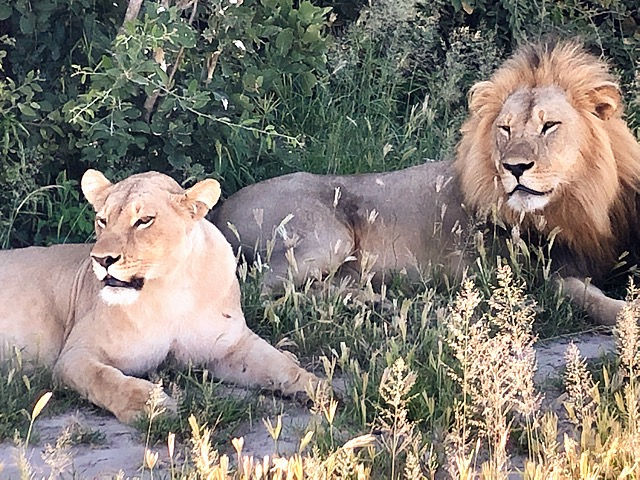
We were so close that we got some great selfie shots.

From here we were on our way to Kasane, a town near the border with Zimbabwe. We had already said goodbye to our dear friends, Degree and Titi, at breakfast and had seen the last of our lovely “home” in the bush. It was quite a culture shock to arrive at a Travelodge on the outskirts of the town where we felt rather out of place. People were dressed in business clothes and looked very clean and sharp. We obviously looked like we had just come out of the bush. However, I have to admit, we did appreciate the air conditioning.
The next afternoon, we took a sedate and civilized boat trip on the Chobe river to watch herds of elephants, along with hippos and other wildlife, gather for their daily watering and mud baths. The other tourists were drinking cocktails and champagne and taking photos with monster telephoto lenses. It was a very different experience from our previous six days in the bush. However, it was quite a sight to see hundreds of elephants all at once spread out along the river.
Our next adventure was crossing the border into Zimbabwe to see the world famous Victoria Falls,









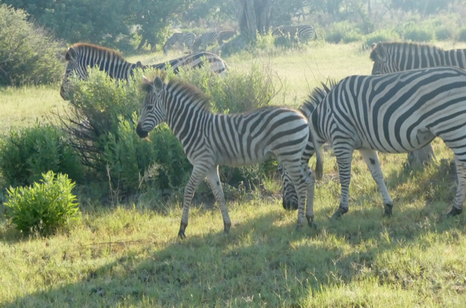











































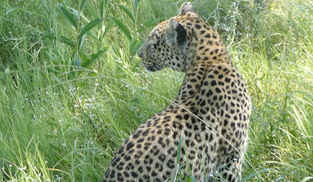





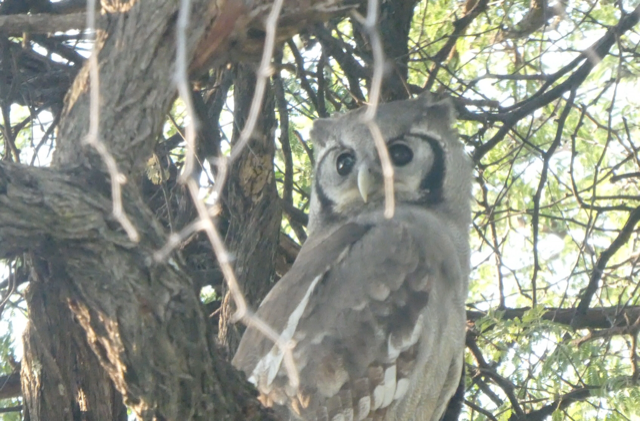



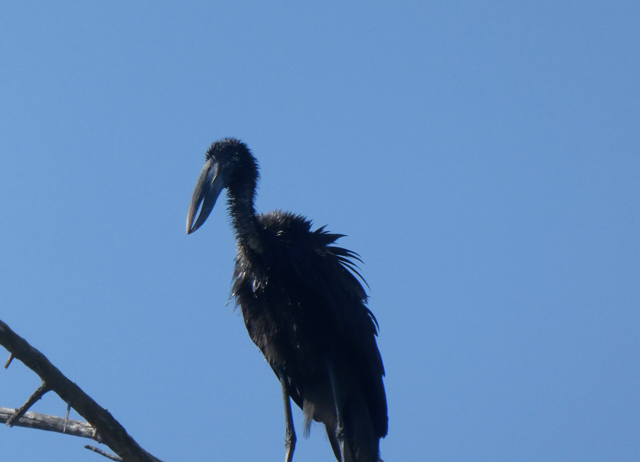



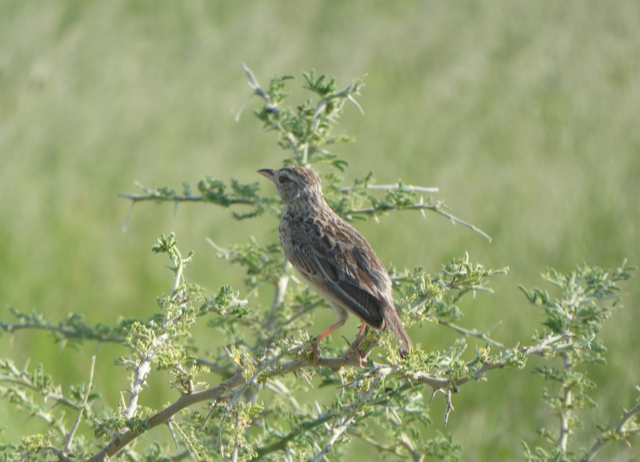

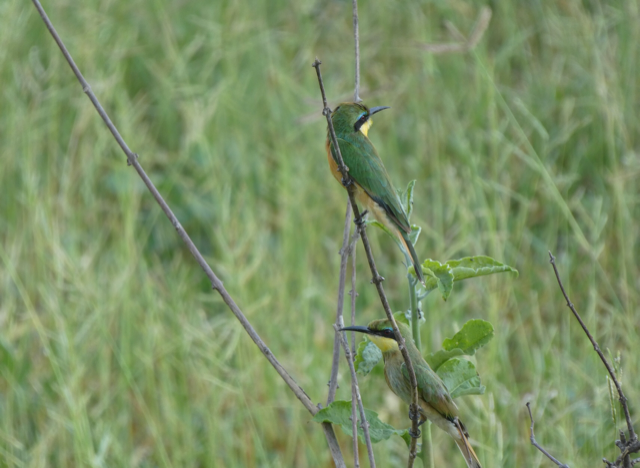

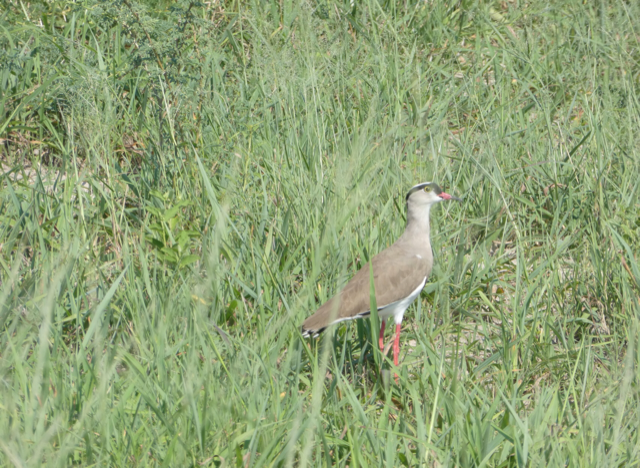

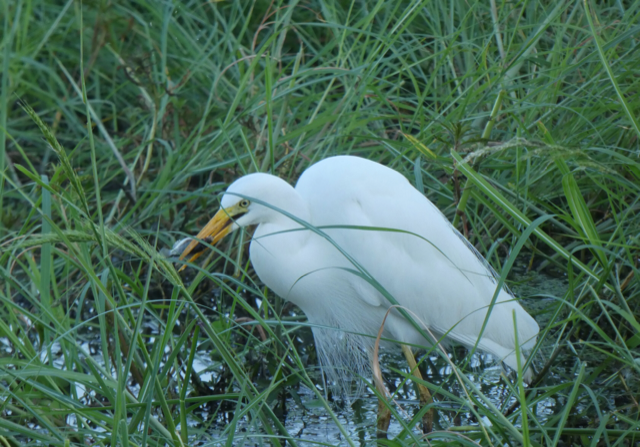

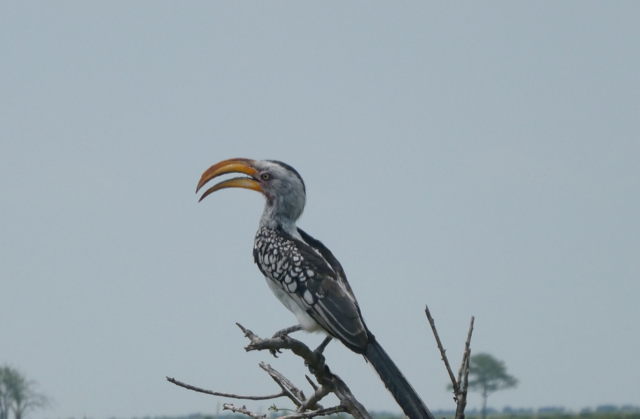



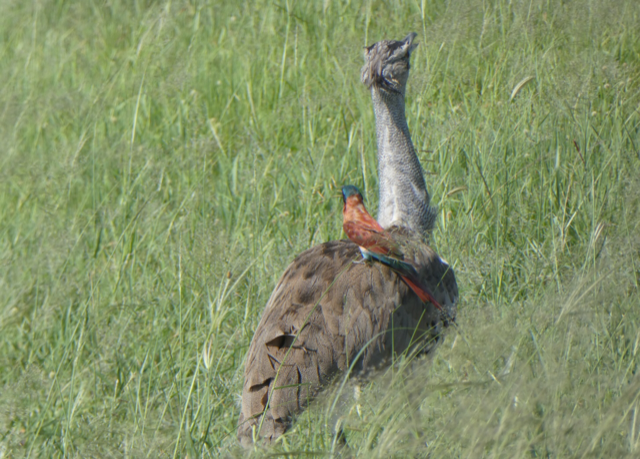

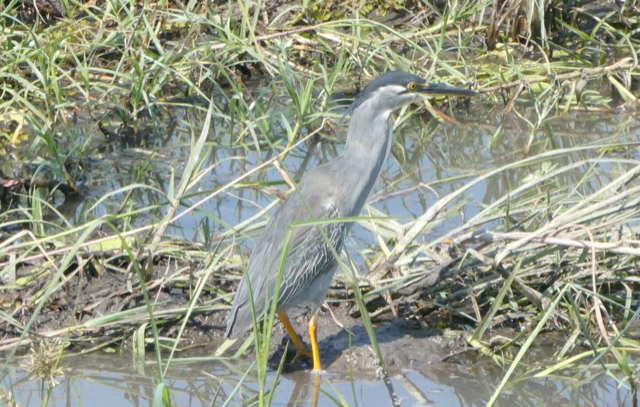

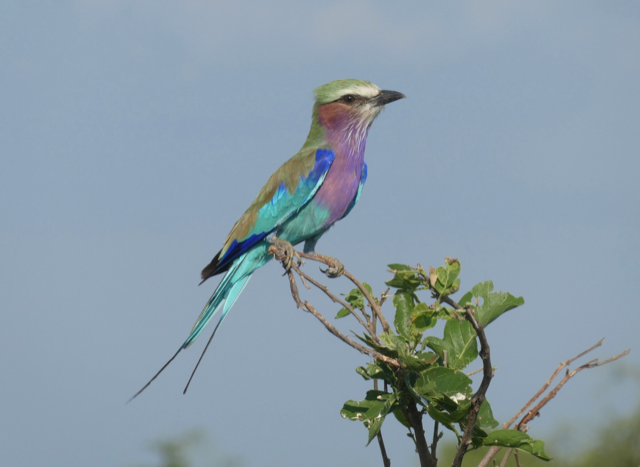

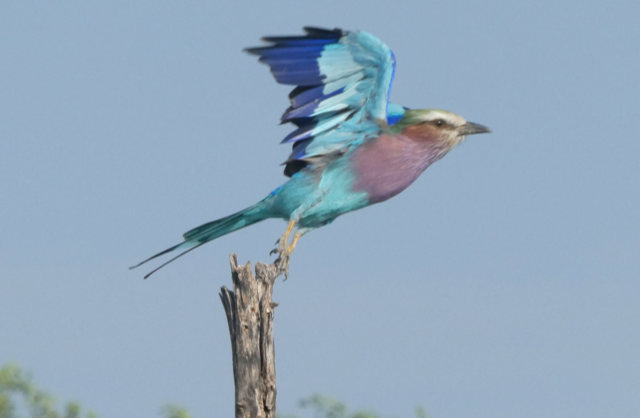

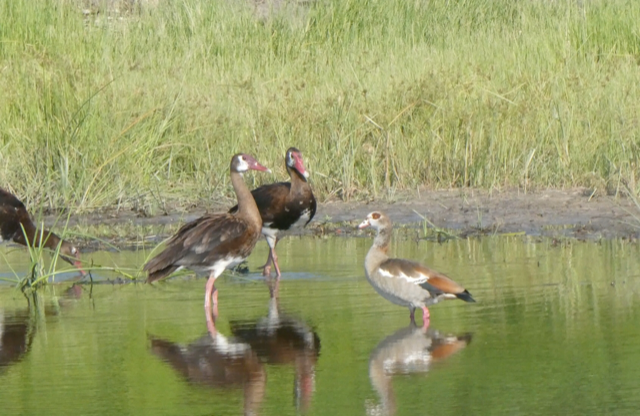

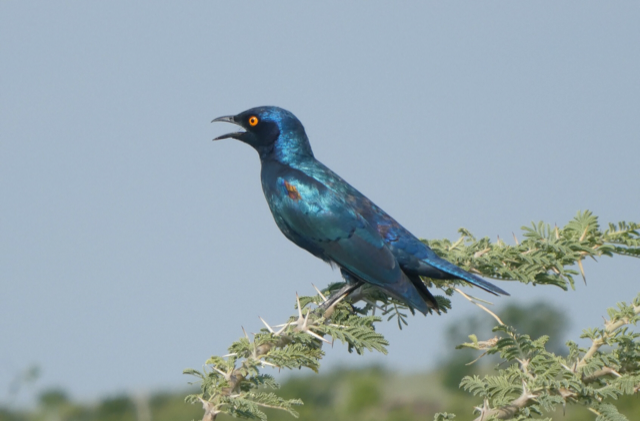



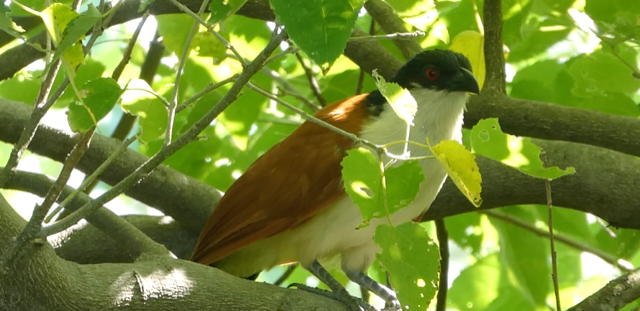

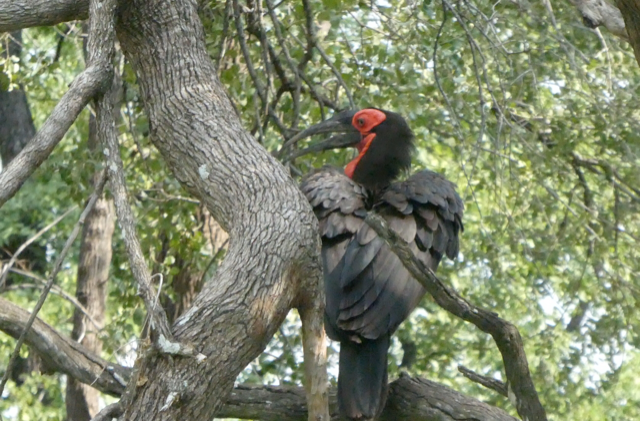

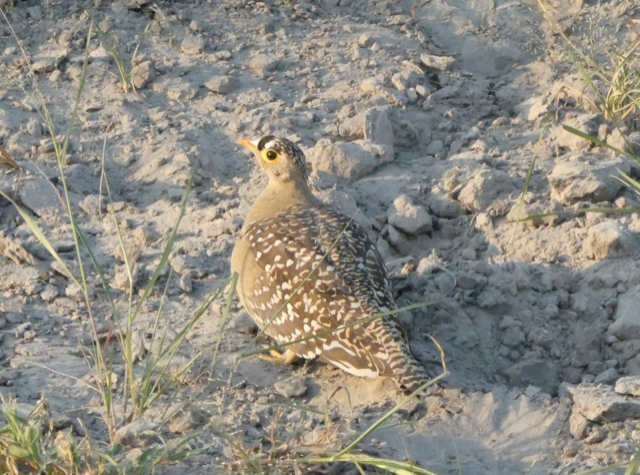












Comments